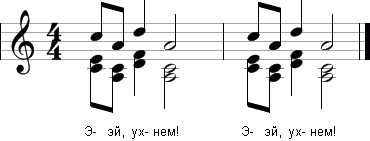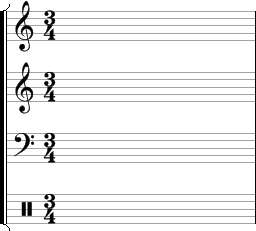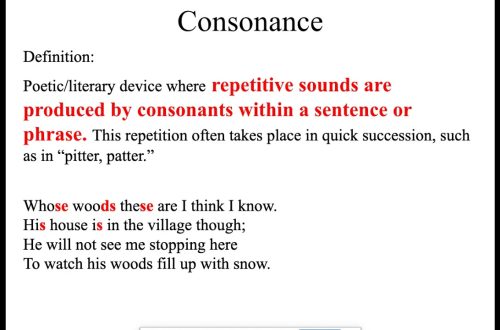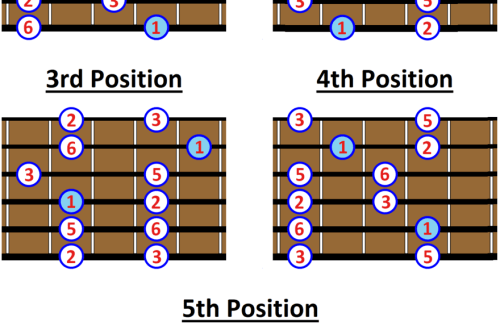
Polyphony recording
Contents
How to read and display music for multiple performers on paper?
Often a piece of music is performed on several musical instruments, each of which plays a different part. Even if you sing to the accompaniment of a guitar around a fire, one part is played by the guitar, and the other part is performed by your voice. In this article we will show how to record polyphonic works.
double voice
On one stave, you can record several independent melodies. If there are two such melodies, then when recording, the stems of notes for the upper voice are directed upwards, and for the lower voice – downwards. This rule works regardless of how high or how low the melody should sound (recall: in normal recording, the stems of notes are directed down if the note is on the center line of the stave or above; and if the note is below the center line of the stave, the stem is directed up).
Double voice recording

Figure 1. An example of a two-voice recording
Recording for piano
Music for the piano is recorded on two staves (very rarely – on three), which are combined on the left with a curly bracket – an chord:
Andrey Petrov, “Morning” (from the film “Office Romance”)

Figure 2. Two staves on the left are united by a curly bracket – an accolade.
The same curly bracket is used when recording musical works for harp and organ.
Recording for voice and piano
If it is necessary to record a voice or any solo instrument along with the piano, then the following method is used: all three staves are combined with a vertical line on the left, and only the bottom two are combined with a curly bracket (this is the piano part):
“In the grass Grasshopper sat”

Figure 3. The piano part (lower two staves) is enclosed in an accolade. The voice part is written at the top.
Recording for ensembles
When recording musical works for several musical instruments, among which there is no piano, a straight bracket is used that unites the staves of all instruments:
Ensemble recording

Figure 4. Ensemble recording example
Choir recording
Music for a three-part choir is recorded on two or three staves, united by a straight bracket (as when recording ensembles). Music for a four-part choir is recorded on two or four staves, united by a straight bracket. In the case when there are fewer musical staffs than voices, two-voice notation is used on one or more musical staffs.
Score
The form of recording polyphony considered in this article is called a score.
Outcome
Now you can read and write polyphonic music.




